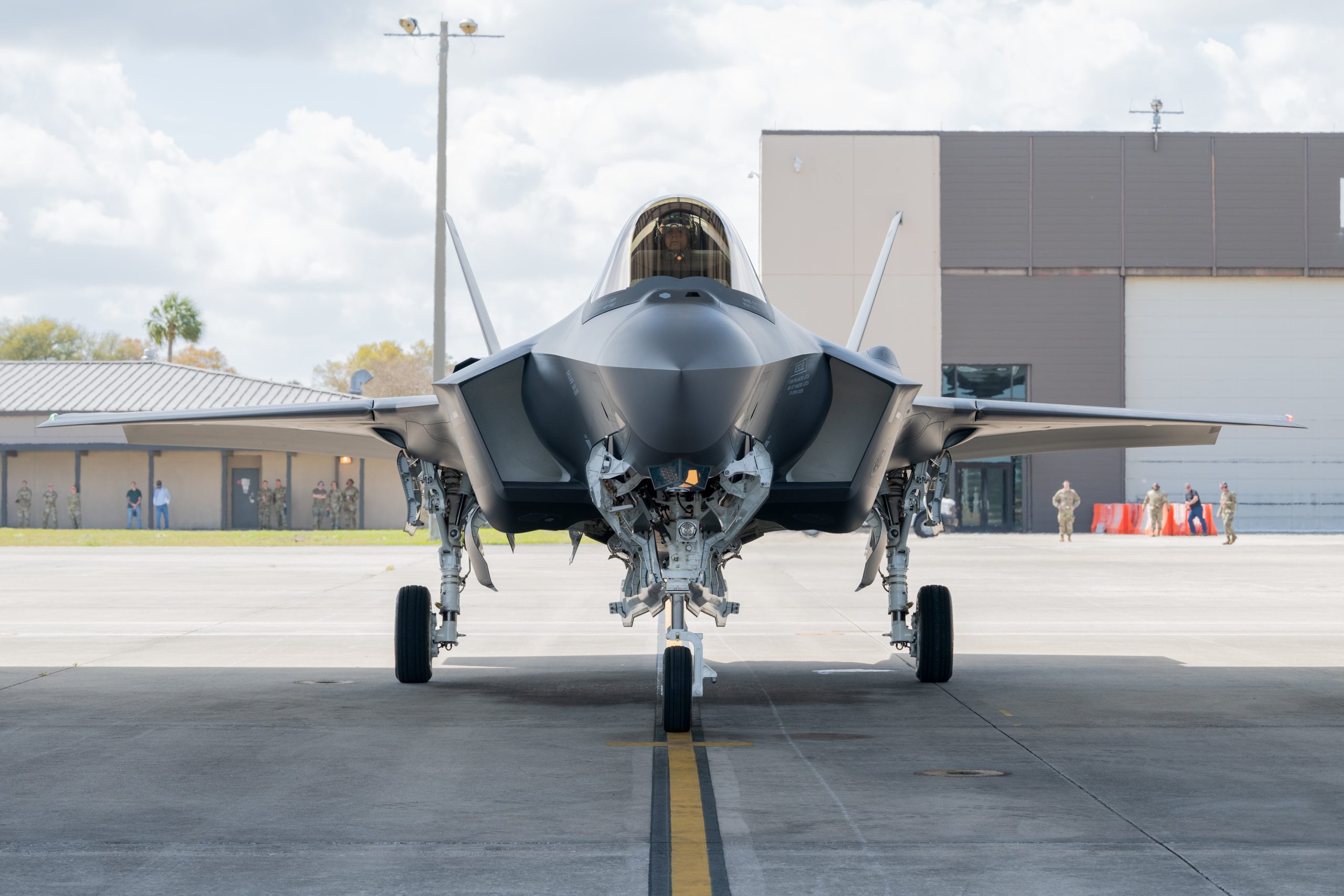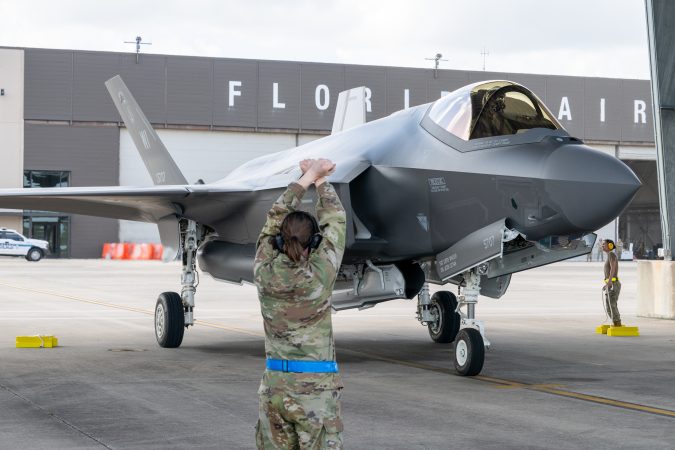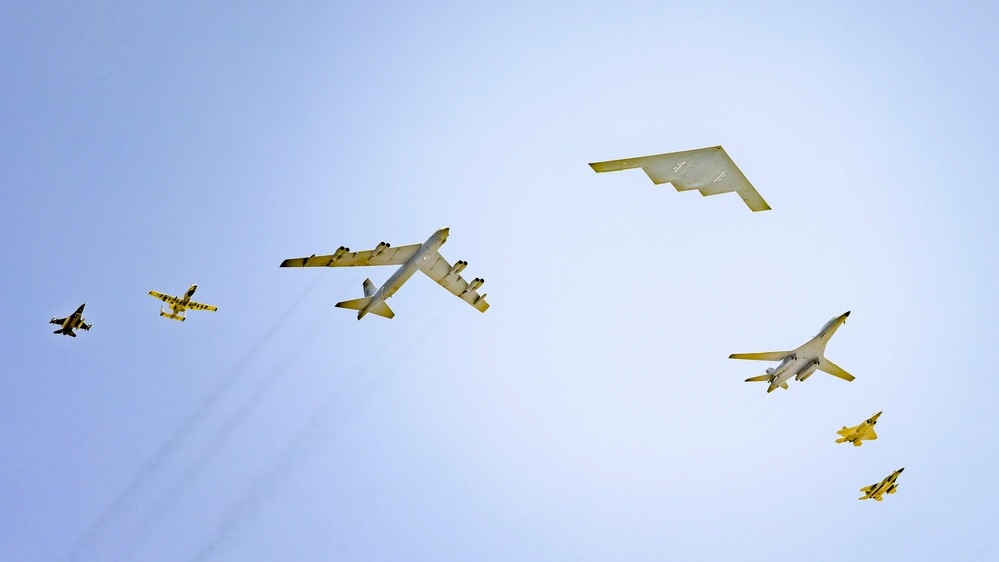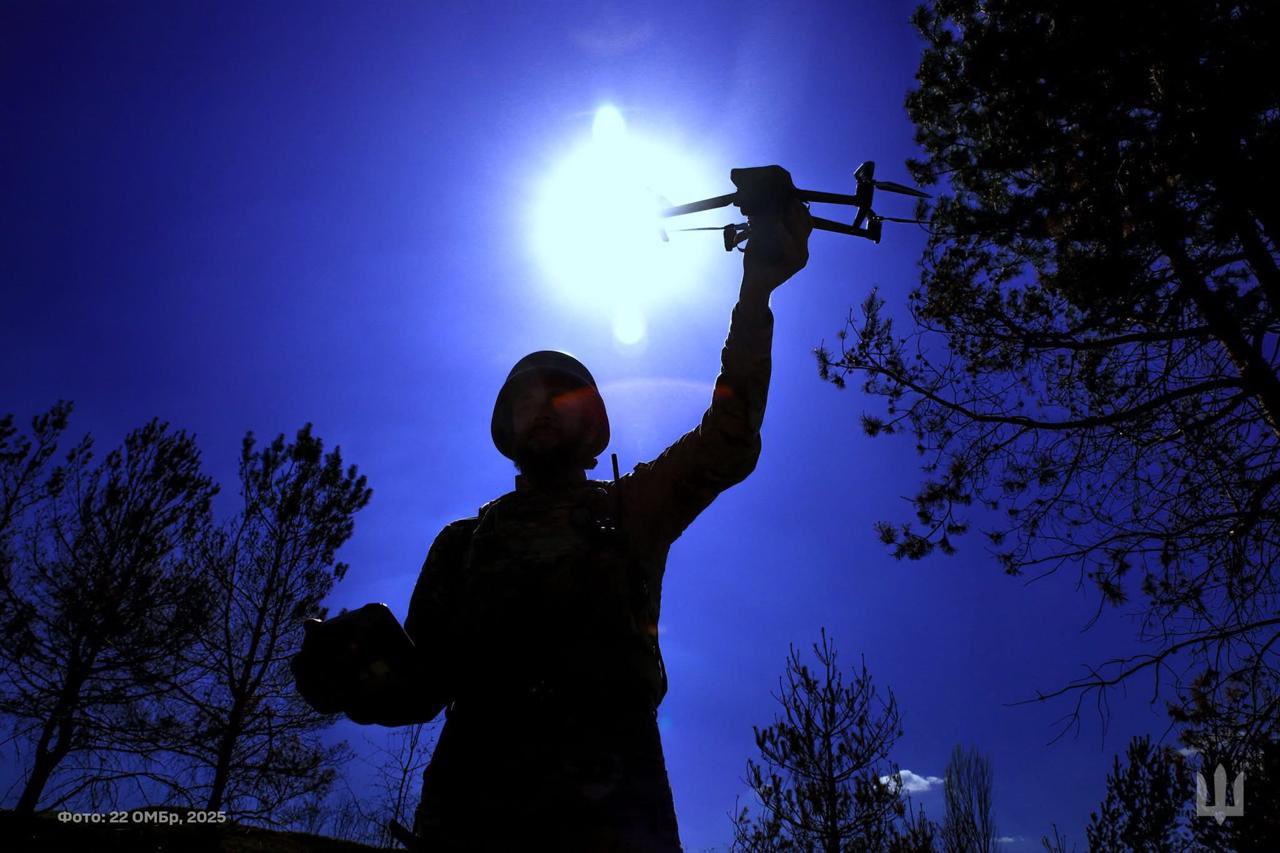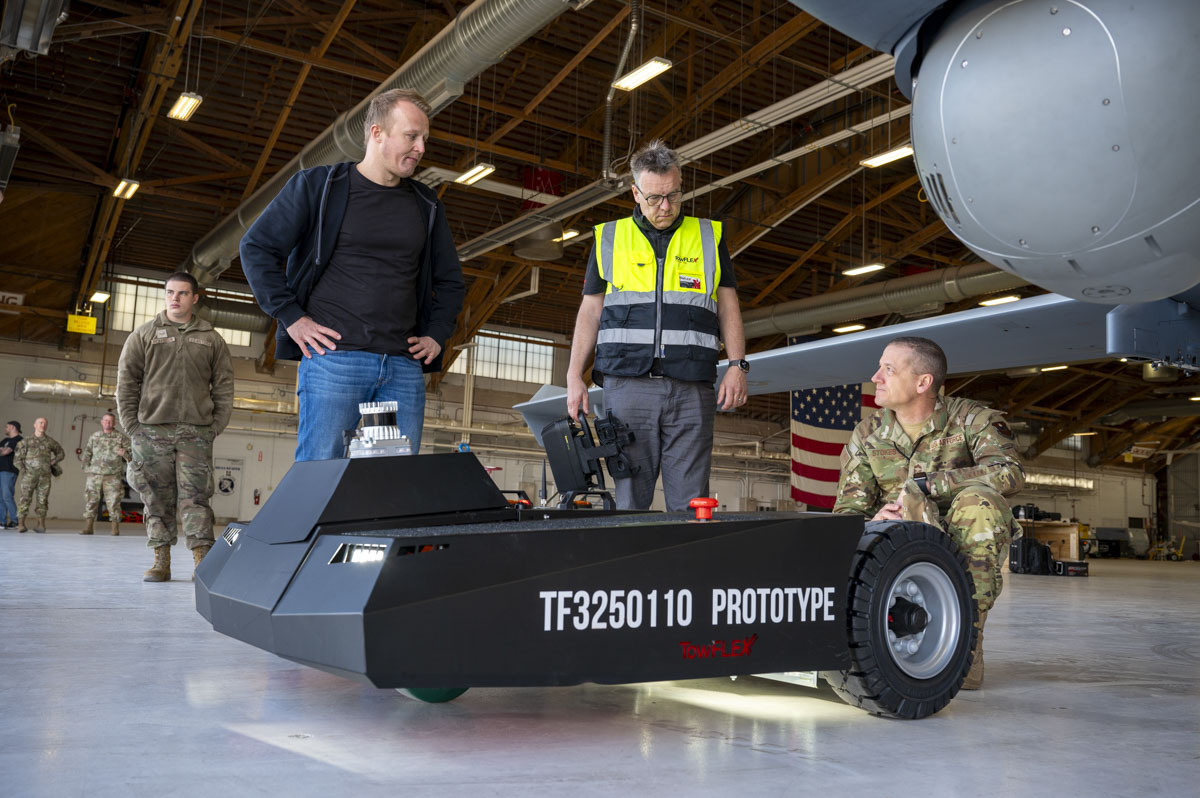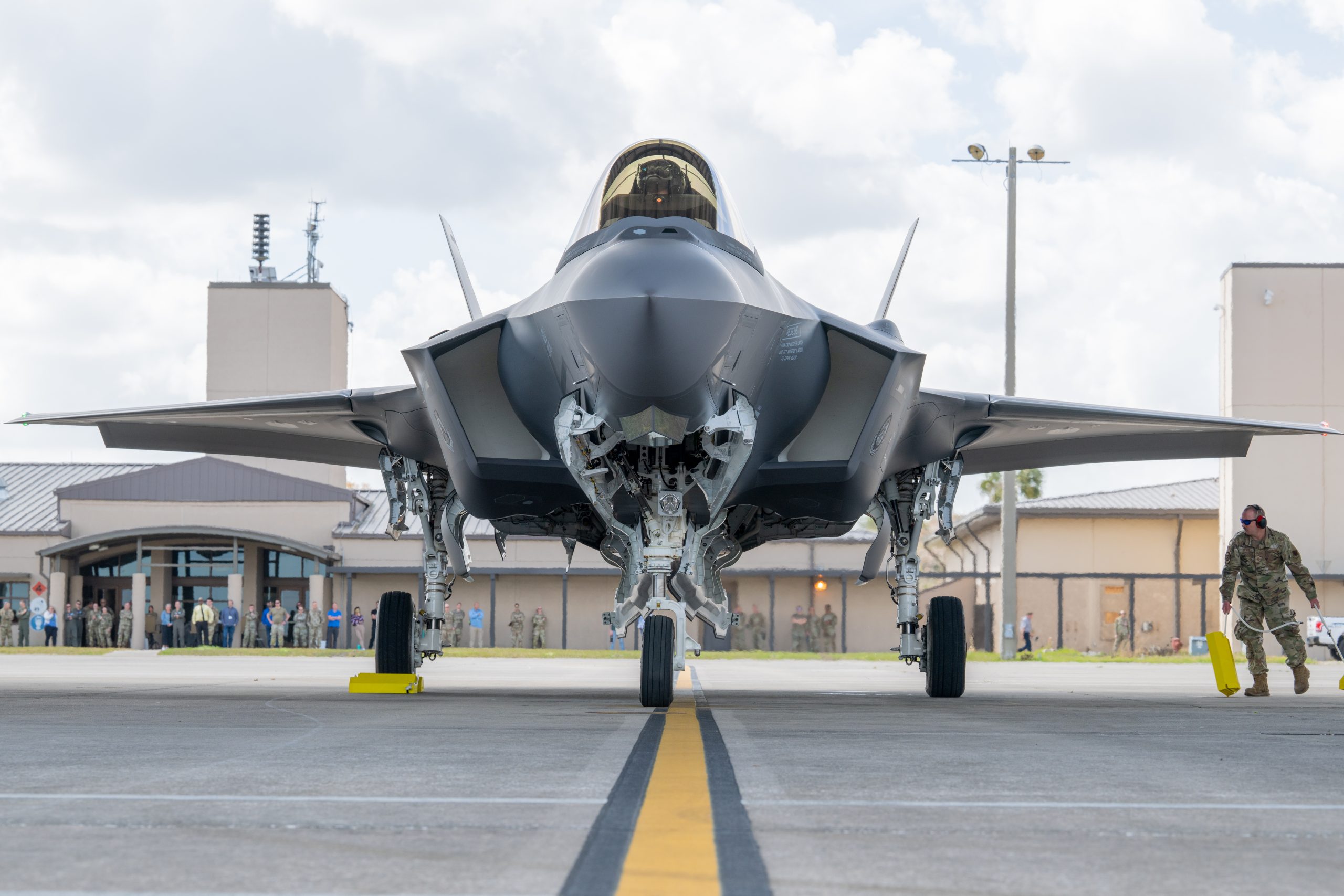The Pentagon will no longer require civilian employees to submit a list of five accomplishments from the previous week, ending a monthslong requirement instituted by Elon Musk’s Department of Government Efficiency (DOGE), a senior defense official told employees in a recent email.
The Defense Department has required civilians to send the weekly updates to their supervisors since March. But that policy is now ending, according to a May 23 email to the DOD civilian workforce from Jay Hurst, who is performing the duties of the undersecretary of defense for personnel and readiness. A defense official confirmed to Air & Space Forces Magazine that the DOD has “concluded the five-bullet exercise.”
The Pentagon first instituted the “five things” policy following a February directive from the Office of Personnel Management (OPM), acting on the initiative of DOGE. Musk said at the time that failure to send the updates would be “taken as a resignation.”
DOD initially told employees not to respond. But on Feb. 27, Hegseth signed a memo directing civilian workers to send a weekly email with “five bullets on their previous week’s achievements” under a process that would be overseen by DOD, not OPM.
“Submissions must exclude classified or sensitive information and will be incorporated into weekly situation reports by supervisors,” Hegseth wrote at the time. “Non-compliance may lead to further review.”
The Pentagon was among the few remaining agencies that still had the requirement, as most federal agencies had dropped it. Employees are asked to send their final update May 28.
As the mandate fades, employees are asked to submit at least one idea to improve the Defense Department’s efficiency or reduce waste—without including sensitive or classified information in their suggestions.
Hegseth embraced DOGE’s efforts to shrink the government and issued a directive to trim the civilian workforce by 5 to 8 percent through a hiring freeze and a resignation program. The Pentagon will still pay employees who resign through the fall.
That move has led to thousands of job cuts. The Space Force has been hit particularly hard by downsizing, seeing its civilian workforce contract by some 14 percent, according to Chief of Space Operations Gen. B. Chance Saltzman. According to recent data, the DOD has around 878,000 civilian employees.
Employees’ responses—or lack thereof—to the “five things” email requirement have not been publicly cited as a reason for firing or disciplining any employees.
“The Department is not aware of any employees receiving disciplinary action as a result of the weekly emails,” the defense official said.
In March, a Navy veteran who had recently launched her civilian career with the service wrote a Fortune op-ed alleging she was fired for turning her five bullet points into a limerick.
“When leadership reduced our work to unclassified and meaningless bullet points, they got a response commensurate with the assignment,” wrote Grace Jones, a lieutenant commander in the Navy Reserve. I was subsequently terminated for poor conduct; my termination letter cited the limerick as the only evidence.”
“I was fired because I dissented in the most minor of ways,” she said.

